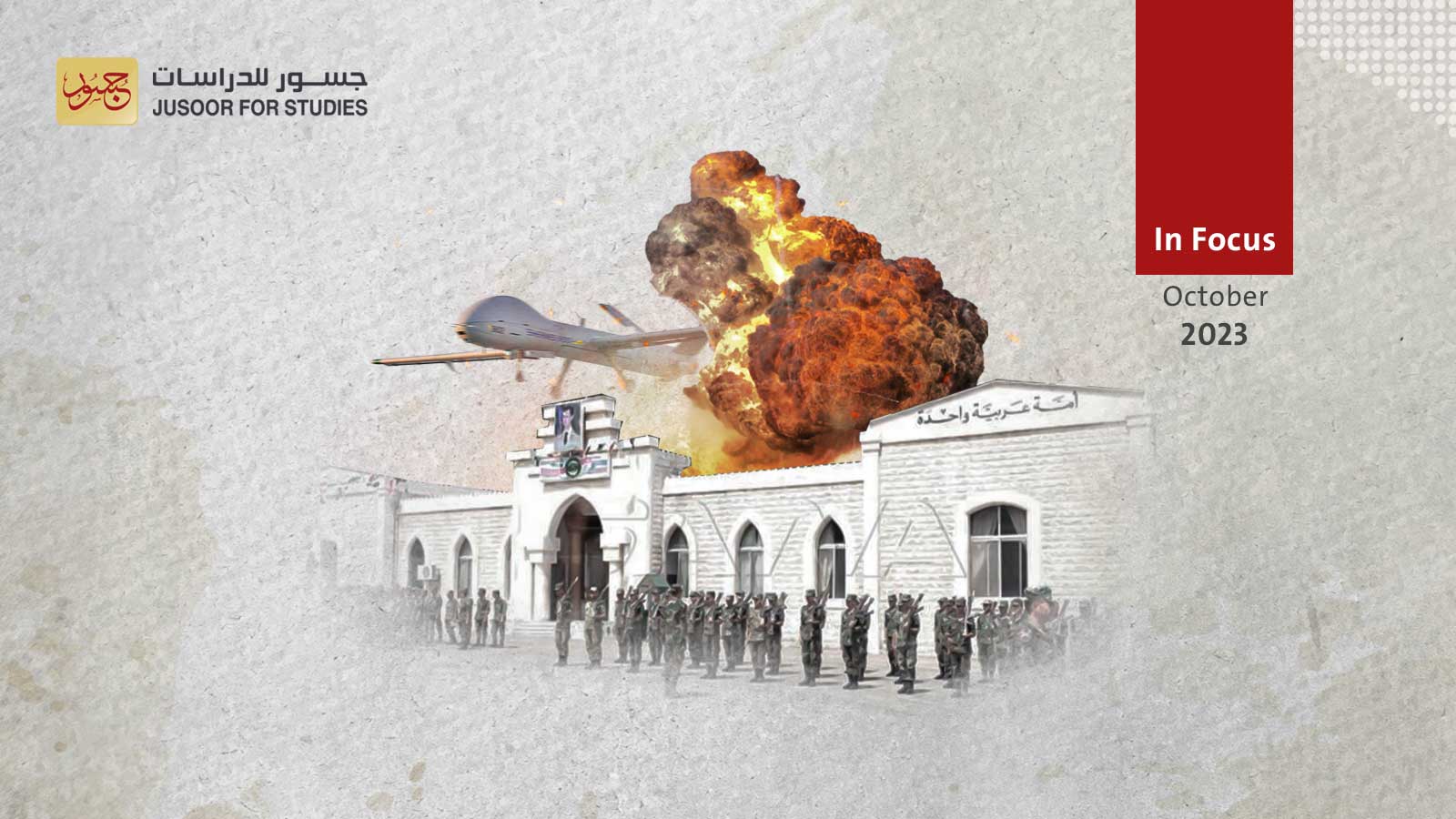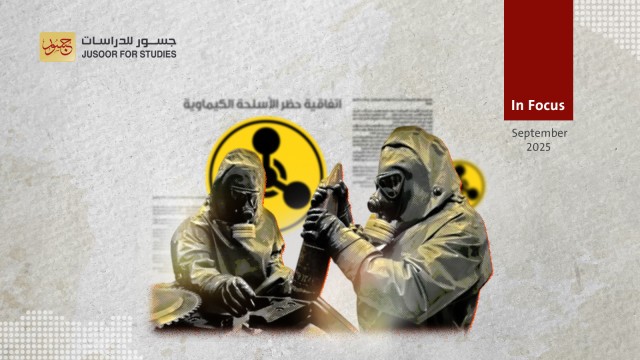Targeting Homs' Military Academy: Unraveling the Benefactors and their Hidden Agendas
On October 5th, 2023, the Syrian regime's military academy in Homs faced a devastating explosive attack. This occurred shortly after the graduation ceremony concluded and after prominent officials, including the Syrian regime government’s Minister of Defence and the Governor of Homs, had departed. The aftermath revealed a significant number of dead and wounded, predominantly among the freshly graduated officers and their families who were in attendance, as indicated by sources from within the regime.
While a multitude of external entities possess the capability to orchestrate such an assault, possibly utilizing drones, the likelihood is somewhat diminished given the limited strategic advantage for these external actors in executing such a strike. Delving deeper into the vested interests of potential perpetrators, two parties emerge as primary beneficiaries from the incident: the Syrian regime itself and Iran.
The Syrian Regime
The Syrian regime appears to have a direct vested interest in such an orchestrated attack. At this juncture, they seem in need of a monumental event that would rally its core base, reinforcing the notion that despite the apparent tranquility, the threat to their safety persists. In the shadow of its imperfections, the regime wishes to position itself as the singular bulwark of their security. This need has become increasingly palpable, given the recent signs of civil unrest spurred by economic adversities, combined with the regime's evident ineffectiveness in addressing the upheavals in al-Swayda.
The deliberate targeting of the military academy's graduates in the heart of Homs, in its sheer magnitude and precision, evokes memories of the 1979 Aleppo artillery school incident. Back then, the regime exploited that event as a catalyst for an extensive crackdown, restoring its iron grip over Syria.
Adding credence to this hypothesis is the regime's atypical media handling post the Homs attack. Contrary to their usual reticence in similar scenarios, detailed reports flooded the regime's media channels shortly after the incident. Concurrently, a flurry of mobilization campaigns emerged on regime-friendly social media platforms, suggesting a well-orchestrated strategy.
Iran, too, has a direct vested interest in executing such an attack. Currently, Iran aims to amplify its role in Syria and renegotiate the terms of its contract with the regime. This comes on the heels of Russia's tacit approval of Azerbaijan reclaiming the Nagorno-Karabakh region and their subsequent letdown of Armenia, which historically sought protection from the Russians.
At this juncture, Iran requires an incident of this magnitude in Syria. Such an event would provide both Iran and the regime with a pretext to escalate against Syrian opposition zones, thereby exerting field pressures on Turkey. On the flip side, a significant attack like this exposes the regime army's inability to safeguard even its premises. It underscores the regime's security fragility and aids Iran in reshaping its terms of engagement with Damascus. This is particularly significant given Damascus's ongoing balancing act between Moscow and Tehran and leveraging its ties with Russia to resist Iranian pressures.
In essence, the regime's narrative concerning the drone attack might hold some truth. If so, either these drones were launched from very close proximities, implying areas under the regime's control, or they were advanced drones dispatched from a significant distance. However, there remains a possibility that the attack was orchestrated differently, possibly through nearby shelling or an on-site explosion.
Despite the targeted area being entirely militarized—with the military academy being less than 1 km from the 22nd Air Division and the Border Guard Forces Command, and within a broader radius several military airports and air defence sectors exist, including Russian sectors—this deployment doesn't negate the drones' accessibility. The world's major armies' limited capabilities in handling drones—as witnessed in the attack on the Kremlin—make the rudimentary defences of the Syrian army all the more vulnerable.
Given the preliminary data, it seems the Syrian regime either directly benefits or will strive to maximize its gains from this incident. In all likelihood, the coming days will see the regime mobilizing extensively, both politically and media-wise. Their strategy might be geared towards launching a military operation towards northern Syria. Redirecting public focus towards this region, framed as the "region harbouring those responsible for this act", would divert attention from the ongoing tensions in the south.








